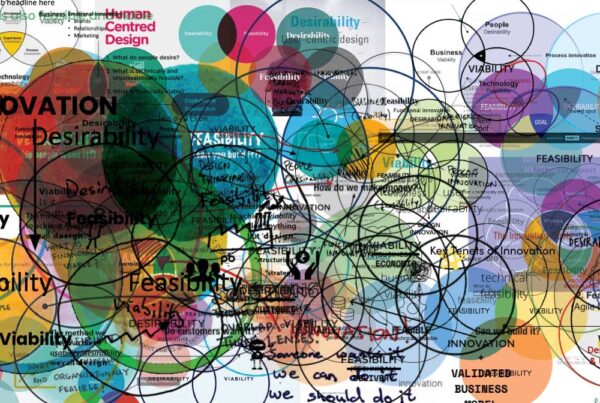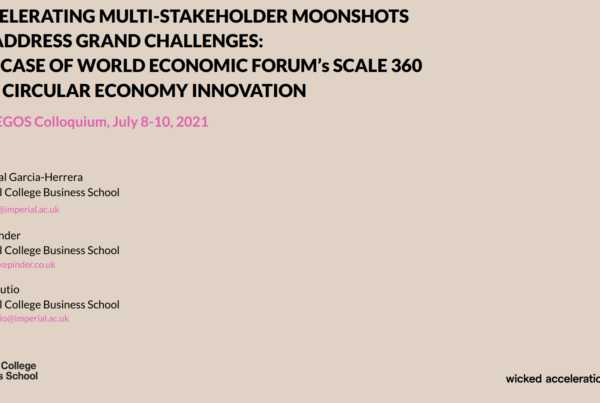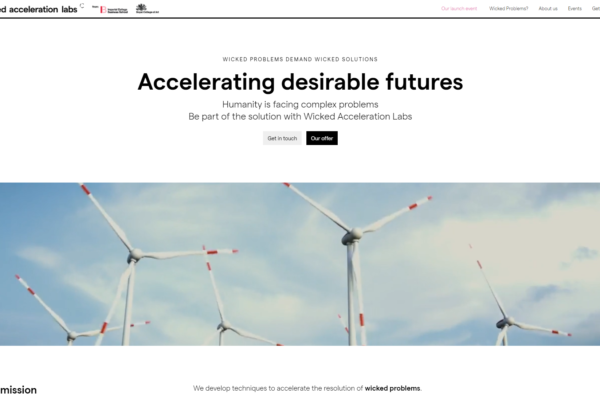For us at Board of Innovation, Agile still operates very well at the end of the innovation process – where it needs to be.
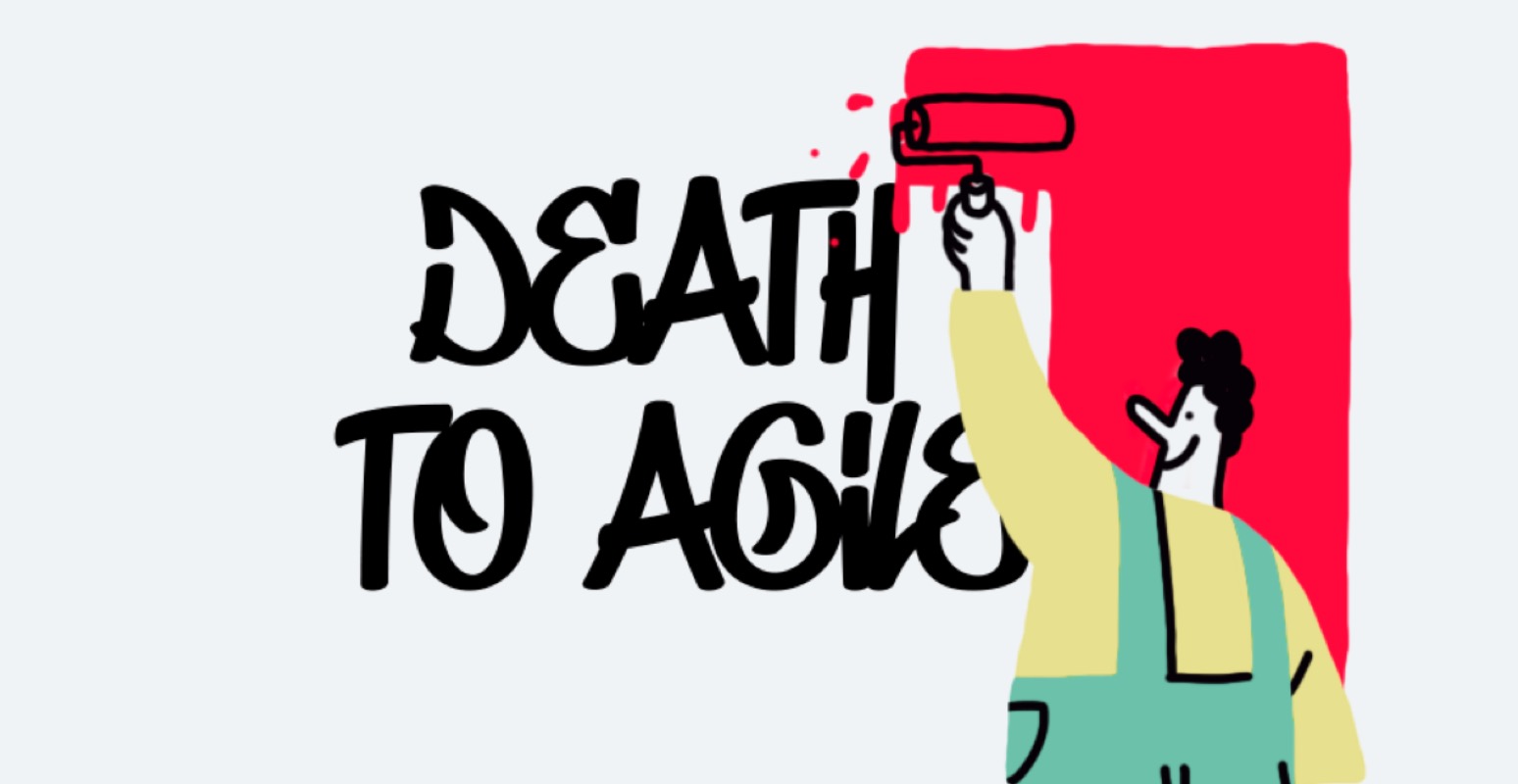 Forbes.com has published a number of articles recently professing the ‘end of Agile,’ claiming that it’s a failing approach. We disagree – if it’s applied correctly.
Forbes.com has published a number of articles recently professing the ‘end of Agile,’ claiming that it’s a failing approach. We disagree – if it’s applied correctly.
In this article, we’ll explain the limits of Agile and what else you need to create a complete digital transformation capability at your organization.
What is Agile?
Agile is essentially a mindset that involves:
1) Creating customer-centric value and making it the number one priority
2) Small, self-steering teams executing work in short cycles
3) Teams operating in flat hierarchies and networks to deliver customer value.
What’s said to be wrong with Agile?
The main reasons Agile is apparently ending include:
- Organizations are claiming to be Agile when they are not
- Agile is not suitable for an increasingly data-driven world
- Agile is not being applied in projects as originally intended
- The term ‘Agile’ has become meaningless and too often applied to every kind of project
- Small, self-organizing teams not being able to solve all enterprise project requirements
- Tensions between operational agility (execution) and strategic agility (creating new businesses)
Digital transformation journeys starting with Agile
Working with a number of global Fortune 500s, we’ve indeed seen the above failures in applying the Agile approach. Many of these organizations are tasked with the top-down strategic imperative to undergo digital transformation or ‘digitalization’ in order to stay afloat. Some firms have already begun their transformation before share prices take a nose-dive, and others are already in firefighting mode.
Typically, the first place digitalization takes hold is in the third, technological feasibility phase of the innovation process. Organizations first attempt to do what they do already, but in an ‘Agile way’ as it is an easier win, close to the existing way of working or implementing.
Skipping over customer needs & problems
The problem with just focusing on Agile for digital transformation is that you’re still feeding your innovation funnel with projects based upon the gut instincts of the management team and grounded in fantasy predictions about customer needs. The irony is that you now have an optimized, iterative way of implementing, but you’re still feeding it with projects that are doomed to fail because they have not gone through the critical de-risking and knowing phases of the innovation process: 1) customer desirability, 2) business model viability.
In order to succeed with just Agile, you need to execute many projects at the same time, in a scatter-gun approach, with the hope that something will, by chance, meet some customers’ unmet needs or problems on delivery. In so doing, you overload your Agile teams with unmanageable workloads with the hope of getting a successful pilot case to prove the new implementation method works. This quickly becomes entirely demotivating for Agile teams and is where the dysfunctions of the Agile methodology and mindset start to come into play, as discussed in the Forbes articles.
Just because you can iteratively implement in Agile, that doesn’t mean you can gloss over understanding your customers’ needs, pains, or problems. And it certainly doesn’t mean you can skip business modeling.
Agile has limits & that’s okay
From Board of Innovation’s perspective, the broad scope and reach expectations of Agile is where it really starts to cause problems. Agile can be seen as a silver bullet solution because it is based upon lean principles that are referred to in the other innovation process phases. These emerge from Agile being seen as an operational execution and strategic agility (new business) capability at the same time.
What needs to be made clear is that Agile is an iterative way of implementing, but doesn’t serve you in figuring out what to implement and how to capture value back from new innovation projects. Just because you can iteratively implement in Agile, that doesn’t mean you can gloss over understanding your customers’ needs, pains, or problems. And it certainly doesn’t mean you can skip business modeling.
In order for Agile to deliver you the success cases needed to prove the approach works (read: new business impact), you need to build your customer-centricity and business model innovation processes and methodologies to support it at the right time. Only then can you start using Agile optimally and at a larger scale.
Combined approaches across Design Thinking, Lean Startup, Business Modeling, and Agile together are what constitute your digital transformation methodologies embedded in the capability. If Agile is applied at the right moment of the innovation process and it is not applied as a hotfix to do the work of knowing and managing the uncertainty and ambiguity of the other phases of the innovation process, then many of the dysfunctions recently described of Agile can be avoided.
For us, Agile is not stale; it is operating very well at the end of the innovation process where it needs to be.
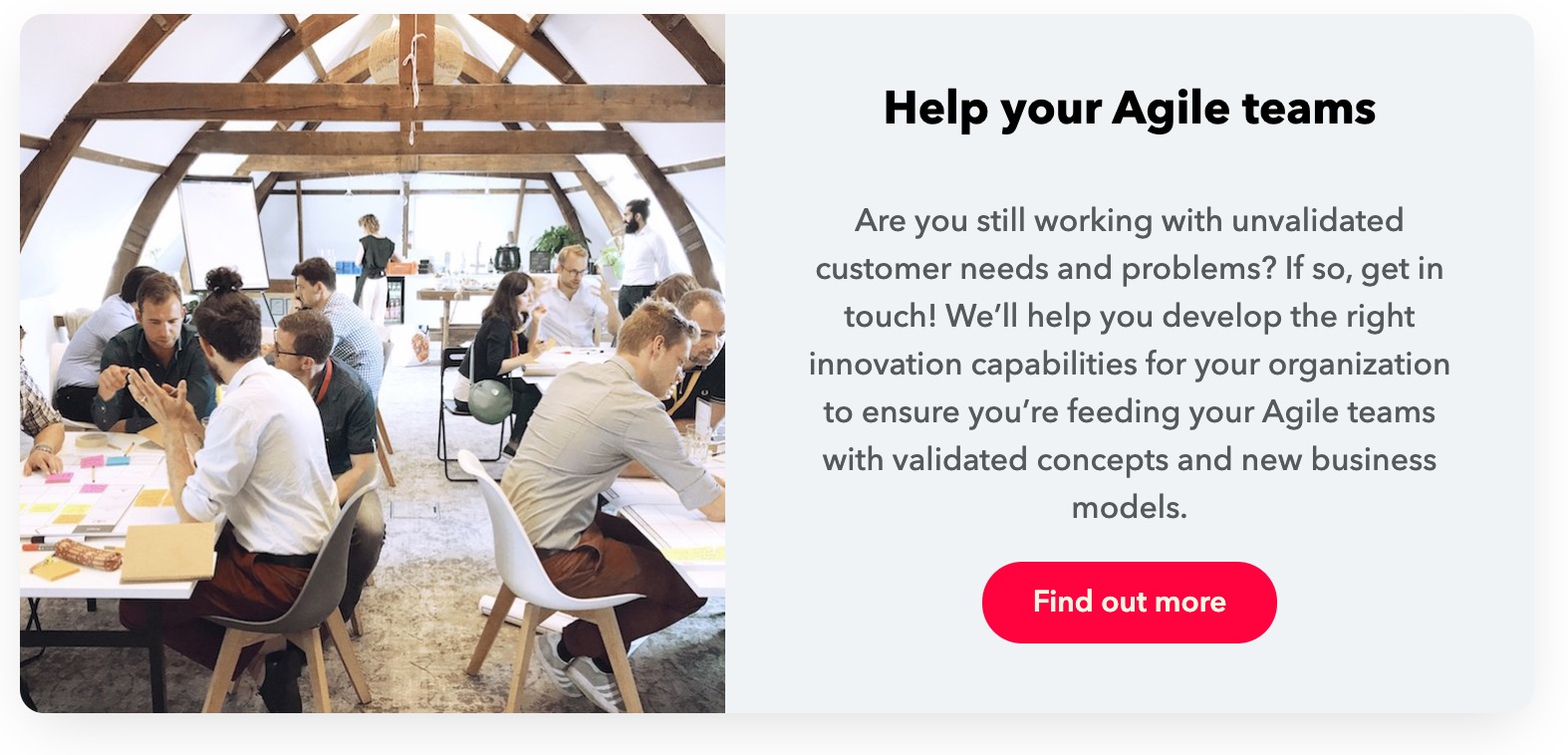
References
Bower, T. (2019). “Agile: Why Your Efforts Will Fail (And How To Make Them Succeed Instead).” Retrieved 20th September, 2019, from https://www.forbes.com/sites/tracybrower/2019/05/27/agile-why-your-efforts-will-fail-and-what-to-do-about-it/#3011db4d1028.
Cagle, K. (2019). “The End of Agile.” Retrieved 20th September, 2019, from https://www.forbes.com/sites/cognitiveworld/2019/08/23/the-end-of-agile/#1e1a710e2071.
Denning, S. (2019). “Why Agile’s Future Is Bright.” Retrieved 20th September, 2019, from https://www.forbes.com/sites/stevedenning/2019/08/25/why-the-future-of-agile-is-bright/#236339882968.
Pinder, M. (2019). “Applying Service Design While ‘Innovating like a Start-up’. The role of service design in global Fortune 500 project teams,” available at: https://www.service-design-network.org/touchpoint/vol-11-no1-service-design-for-innovation-and-start-ups/applying-service-design-while-innovating-like-a-start-up,Touchpoint : The Journal of Service Design,11(1): 14-19.
Warren, E. (2019). “Agile Might Be Dead, But Agility Isn’t.” Retrieved 20th September, 2019, from https://www.forbes.com/sites/forbestechcouncil/2019/07/16/agile-might-be-dead-but-agility-isnt/#45d08c071245.



